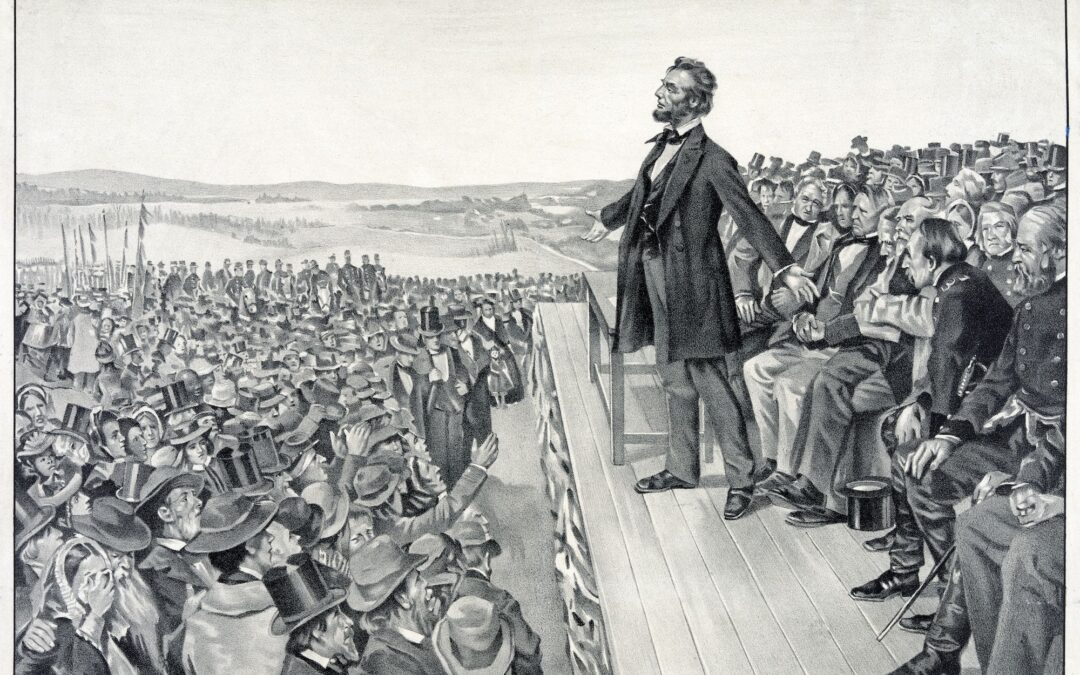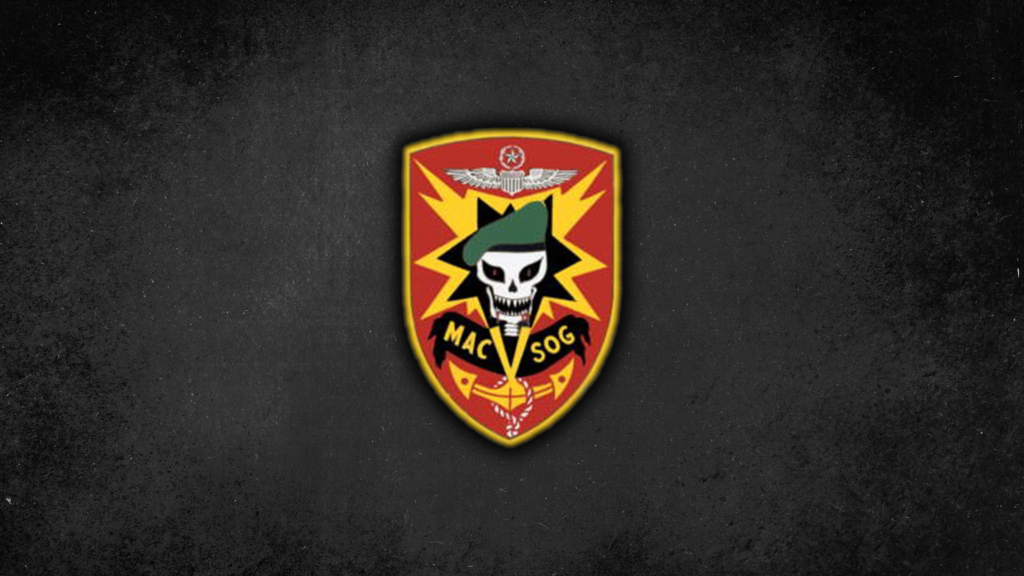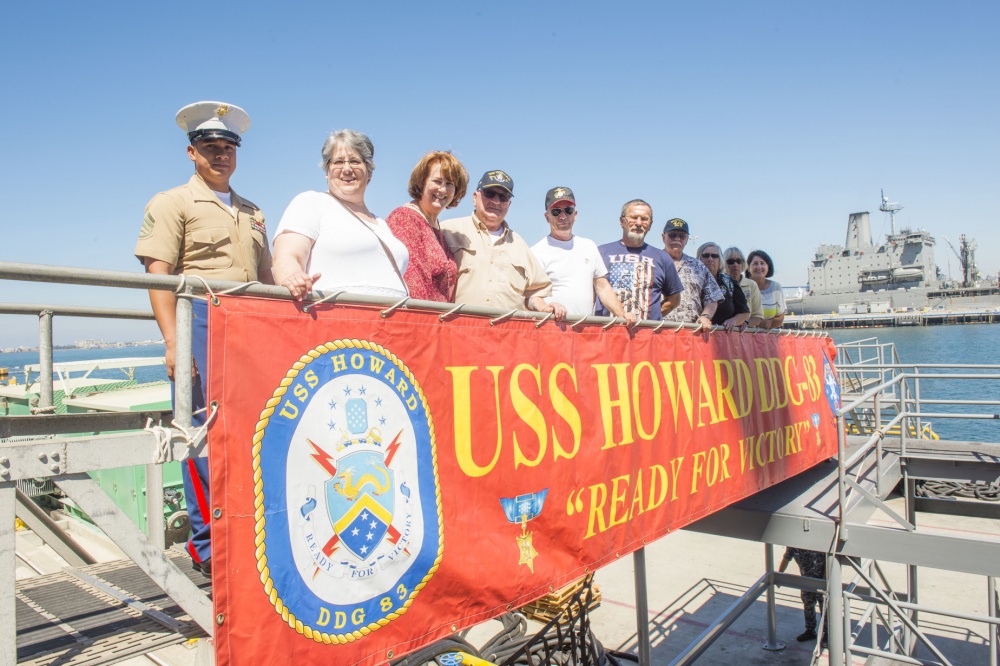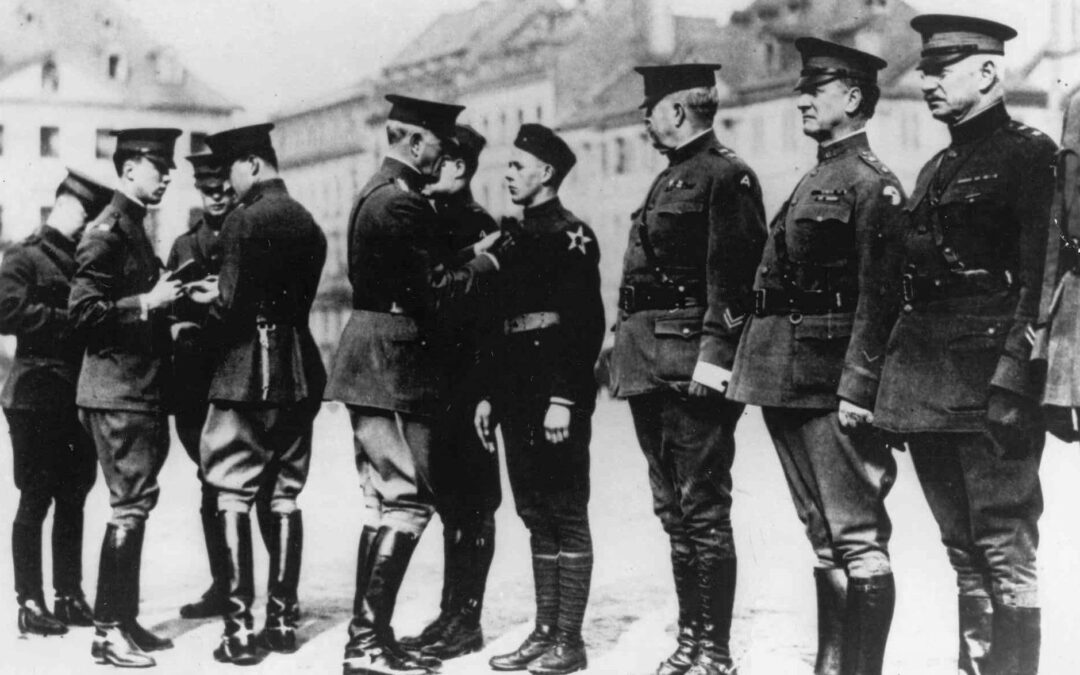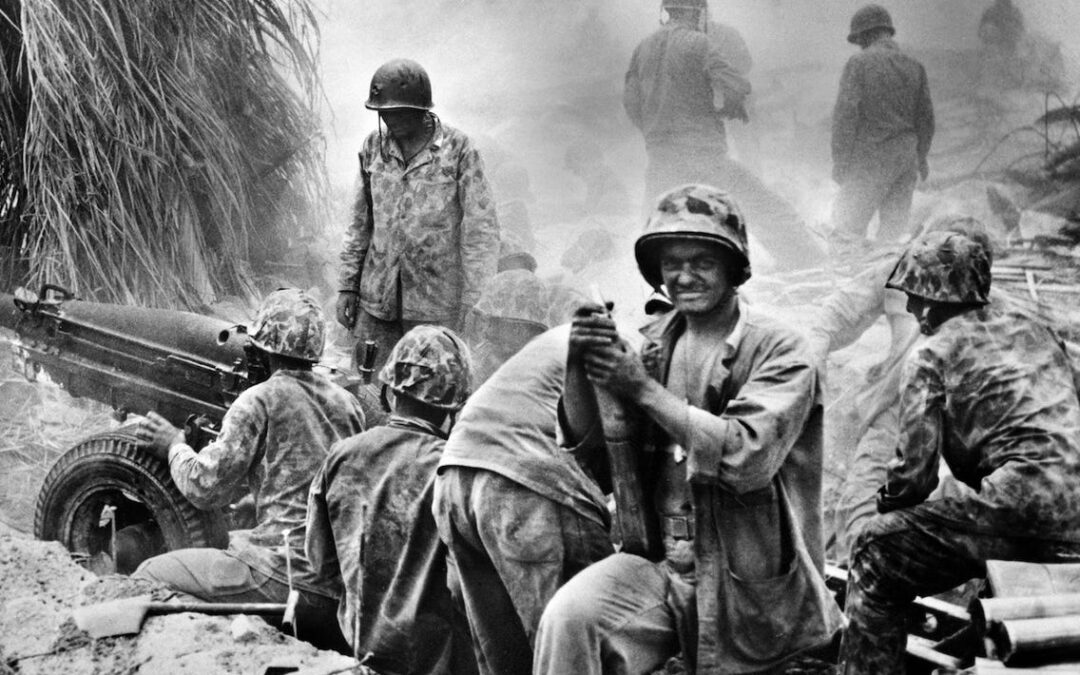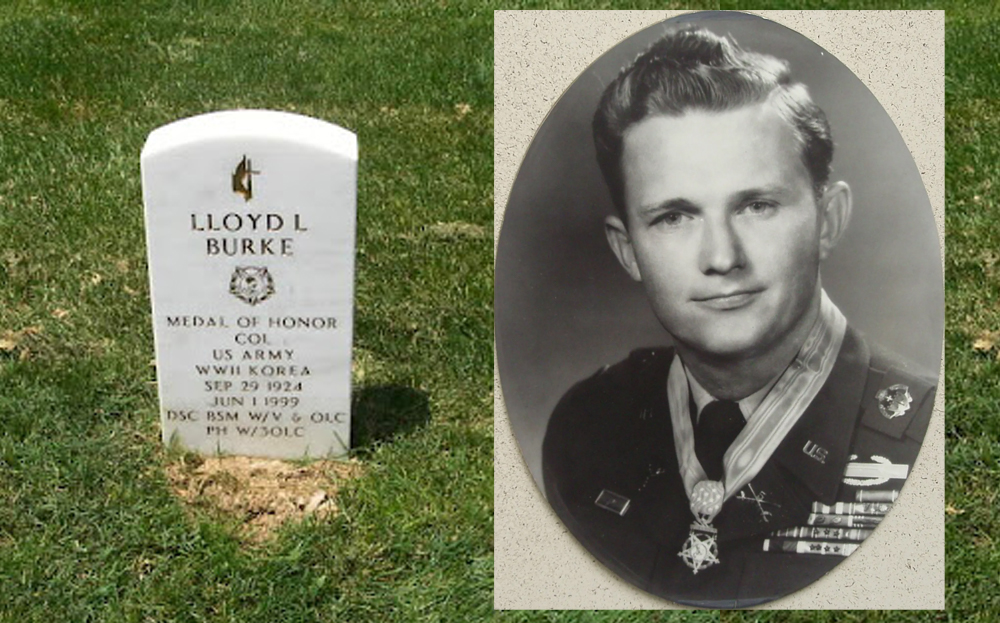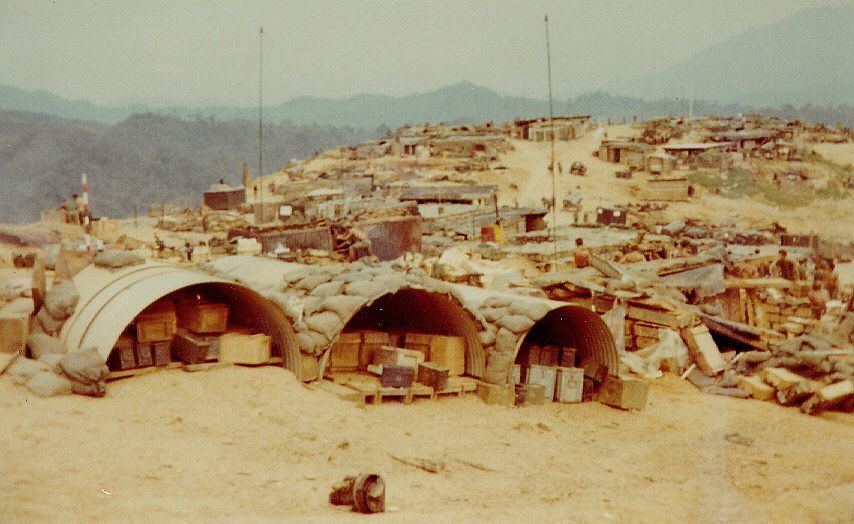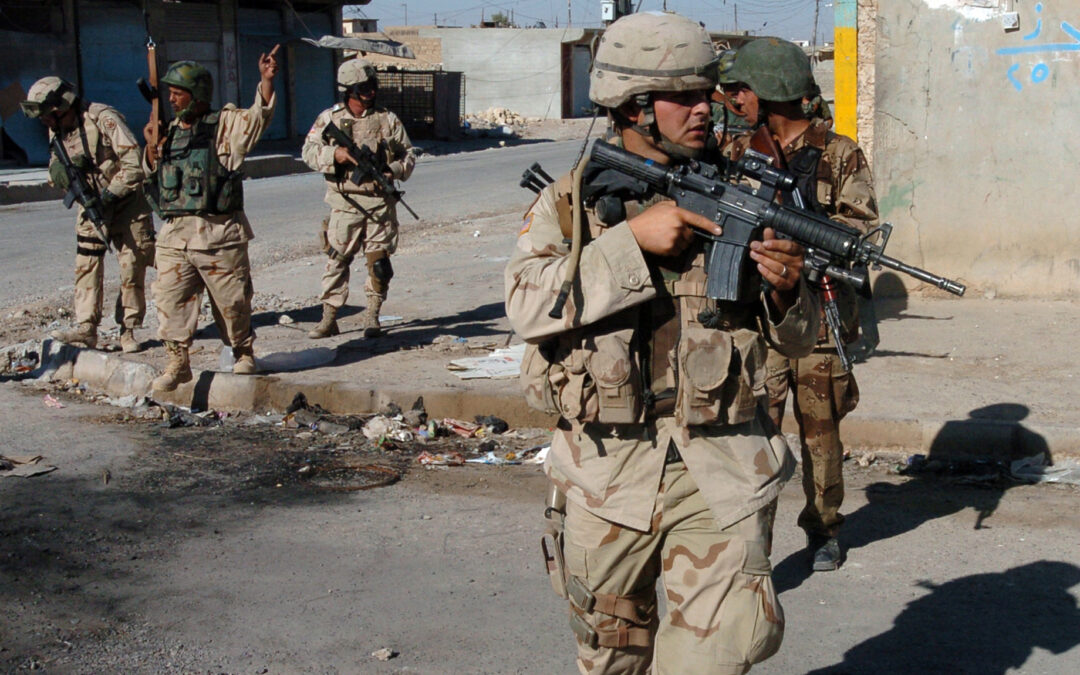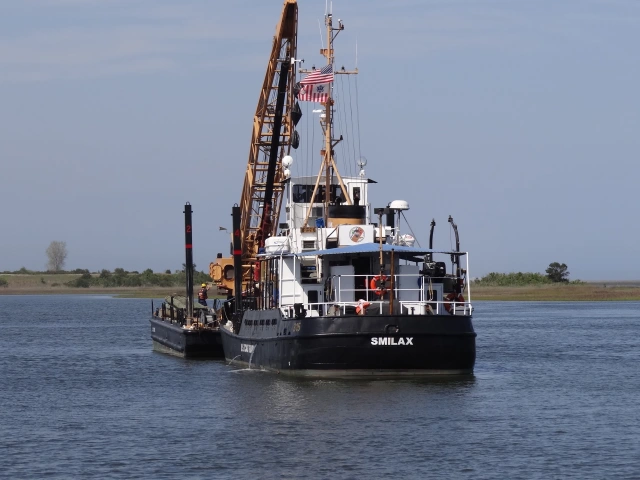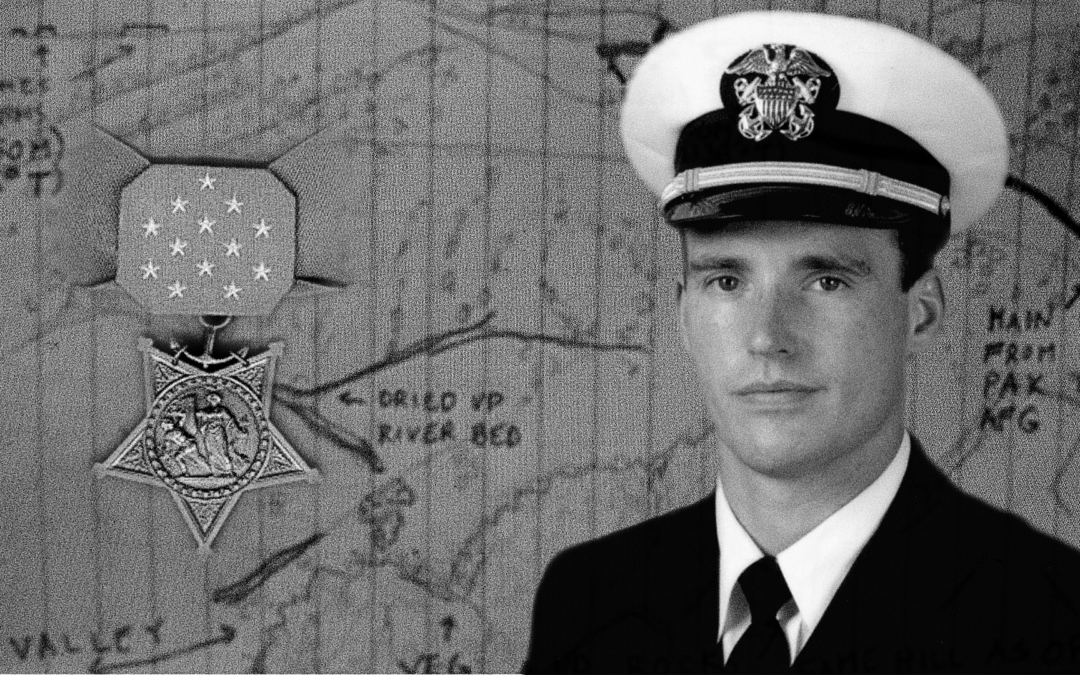From July 1 to July 3, 1863, the invading forces of Gen. Robert E. Lee's Confederate Army clashed with the Army of the Potomac under its newly appointed leader, General George G. Meade at Gettysburg, some 35 miles southwest of Harrisburg, Pennsylvania. Casualties were high on both sides: Out of roughly 170,000 Union and Confederate soldiers, there were 23,000 Union and 28,000 Confederate casualties; more than one-quarter of the Union army's effective forces and more than a third of Lee's army were killed, wounded or missing. The Gettysburg Address Began as Lincoln’s Invitation After three days of battle, Lee retreated towards Virginia on the night of July 4. It was not only a crushing defeat for the Confederacy, but the battle also proved to be the turning point of the war: Gen. Robert E. Lee's defeat and retreat from Gettysburg marked the last Confederate invasion of Northern territory, and the beginning of the Southern army's ultimate decline. As had become customary following...
